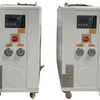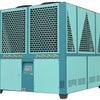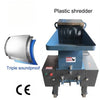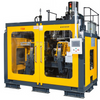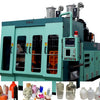A Comprehensive Review of Chiller Systems: Types, Working Principles, Applications, and Energy Efficiency
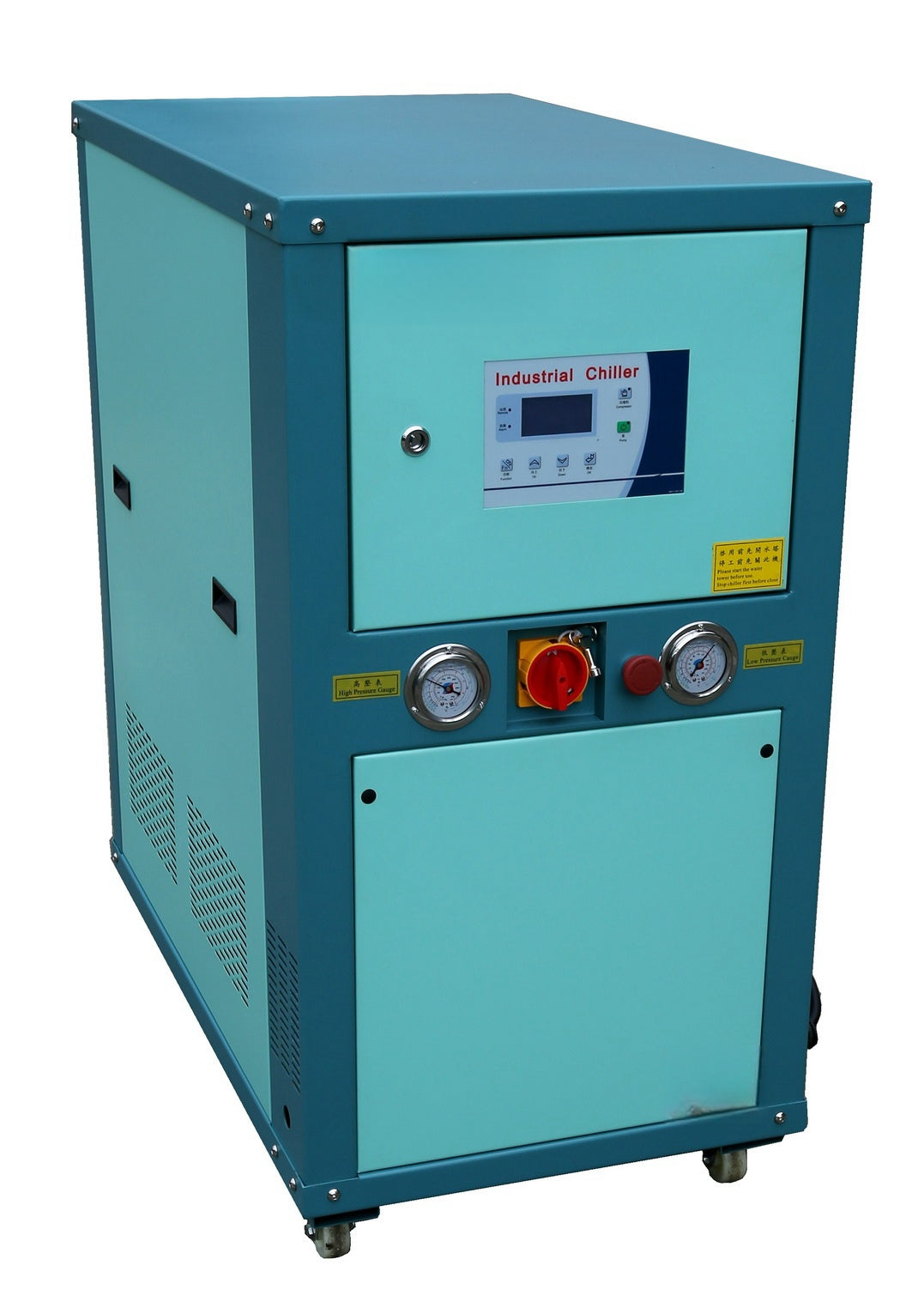
1. Introduction
Chillers are essential components of modern HVAC (Heating, Ventilation, and Air Conditioning) systems, providing precise temperature control for buildings, industrial processes, and specialized equipment. These systems operate by removing heat from a liquid coolant—typically water or a water-glycol mixture—and transferring it to another medium, such as air or additional water, depending on the type of chiller. Chillers are widely used in data centers, hospitals, manufacturing plants, and large commercial buildings due to their ability to maintain stable thermal environments efficiently.
This paper presents a comprehensive review of chiller systems, covering their fundamental operation, major types, performance characteristics, and emerging trends in energy efficiency and sustainability.
2. Working Principle of Chillers
A chiller operates based on the vapor-compression or absorption refrigeration cycle. The core components of a typical vapor-compression chiller include a compressor, condenser, expansion valve, and evaporator.
2.1 Vapor-Compression Cycle
In the vapor-compression cycle:
- Compressor: Compresses the refrigerant gas, increasing its pressure and temperature.
- Condenser: Releases heat from the high-pressure refrigerant to a secondary medium (air or water), causing the refrigerant to condense into a liquid.
- Expansion Valve: Reduces the pressure of the liquid refrigerant, lowering its temperature.
- Evaporator: Absorbs heat from the process fluid (water or glycol solution), causing the refrigerant to evaporate back into a gas.
The cooled process fluid is then circulated through the building or industrial system to absorb heat, completing the cooling loop.
2.2 Absorption Chillers
Absorption chillers use a heat source (such as steam, hot water, or natural gas) instead of mechanical compression. They typically use a lithium bromide–water or ammonia–water mixture as the refrigerant. While less common than vapor-compression chillers, absorption chillers are valued for their low electricity consumption and suitability for waste-heat recovery systems.
3. Classification of Chillers
Chillers can be categorized based on several criteria, including cooling method, compressor type, and refrigerant used.
3.1 By Cooling Method
- Air-Cooled Chillers: Use ambient air to reject heat from the condenser. They are compact, easier to install, and do not require a cooling tower. However, they are generally less efficient than water-cooled systems, especially in warm climates.
- Water-Cooled Chillers: Use water to remove heat from the condenser, often in conjunction with a cooling tower. They offer higher efficiency and better performance stability, making them suitable for large-scale applications.
3.2 By Compressor Type
- Reciprocating Chillers: Use piston-driven compressors; suitable for small to medium-sized systems.
- Scroll Chillers: Employ scroll compressors, known for reliability and quiet operation; commonly used in commercial HVAC.
- Screw Chillers: Use twin-screw compressors, ideal for medium to large industrial applications.
- Centrifugal Chillers: Utilize centrifugal compressors and are the most common type for large-scale cooling systems due to their high efficiency and capacity.
4. Applications of Chiller Systems
Chillers are employed across a wide range of sectors:
- Commercial Buildings: Used in office buildings, shopping malls, and hotels for space cooling.
- Industrial Processes: Provide precision cooling for machinery, chemical processing, and food production.
- Data Centers: Essential for maintaining optimal temperatures for server racks and IT infrastructure.
- Hospitals and Laboratories: Ensure stable temperatures for medical equipment and sensitive research environments.
- District Cooling Systems: Supply chilled water to multiple buildings from a centralized plant, improving overall system efficiency.
5. Energy Efficiency and Sustainability
With rising concerns over energy consumption and carbon emissions, improving the efficiency of chiller systems has become a priority.
5.1 Coefficient of Performance (COP)
The COP is a key metric used to evaluate chiller efficiency. It represents the ratio of cooling output to energy input. Modern high-efficiency chillers can achieve COP values above 6.0 under optimal conditions.
5.2 Variable Speed Drives (VSDs)
The integration of VSDs allows compressors and pumps to adjust their speed according to load requirements, significantly reducing energy consumption during partial-load operations.
5.3 Smart Controls and Predictive Maintenance
Advances in IoT and AI have enabled smart monitoring and predictive maintenance systems that optimize chiller performance, reduce downtime, and extend equipment lifespan.
5.4 Eco-Friendly Refrigerants
Traditional refrigerants like R-22 are being phased out due to their ozone-depleting potential. Newer alternatives such as R-134a, R-410A, and low-global-warming-potential (GWP) refrigerants like R-1234ze and R-32 are increasingly adopted to meet international environmental standards.
6. Challenges and Future Trends
Despite their widespread use, chiller systems face challenges related to high initial costs, maintenance complexity, and environmental impact. Ongoing research focuses on:
- Hybrid Chiller Systems: Combining vapor-compression and absorption technologies for improved efficiency and flexibility.
- Magnetic Bearing Compressors: Reduce mechanical friction and increase reliability.
- Natural Refrigerants: Exploring CO₂ and hydrocarbons as alternatives with minimal environmental impact.
- AI-Based Optimization: Real-time adaptive control systems to enhance operational efficiency.
7. Conclusion
Chiller systems are indispensable in modern cooling applications, offering reliable and scalable solutions across diverse industries. With continuous improvements in energy efficiency, intelligent control, and sustainable refrigerants, chillers are evolving to meet the growing demands of a more environmentally conscious world. As technology advances, further integration with renewable energy sources and digitalization will likely define the next generation of chiller systems.

